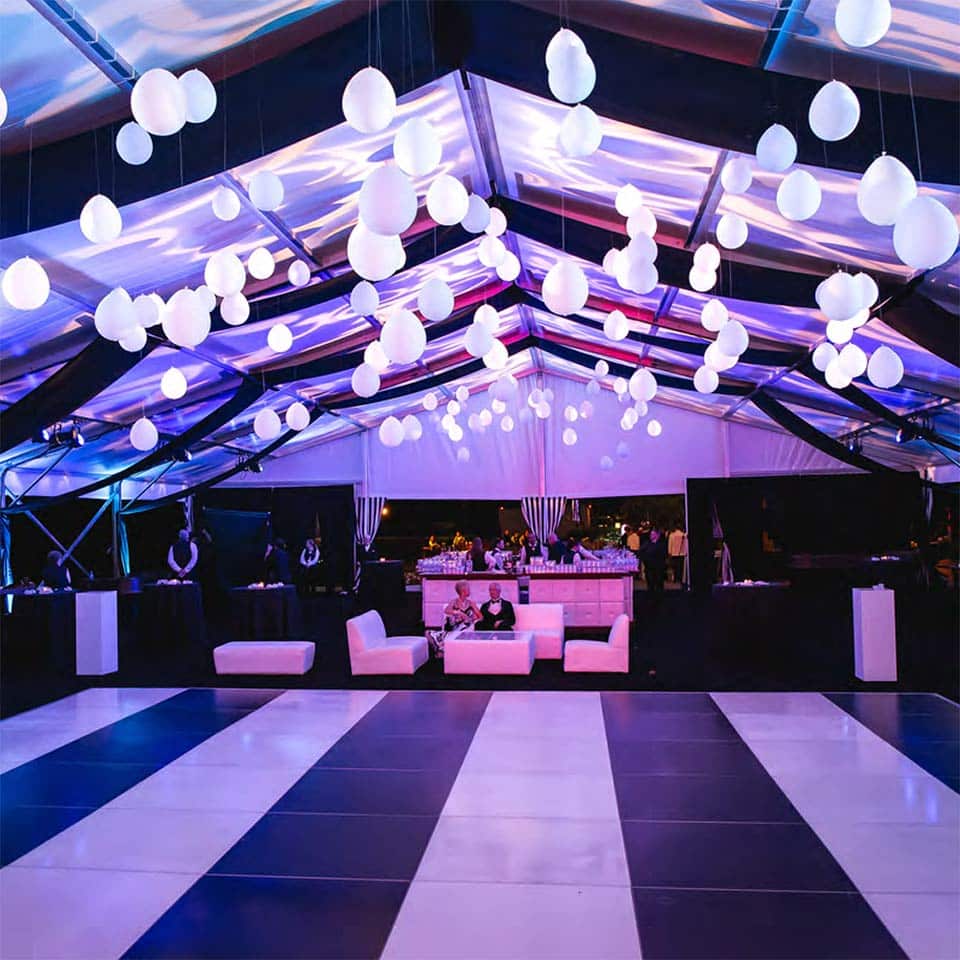Enhancing Ingenuity With Color Concept in Light Emitting Diode Dance Surface Creations
Enhancing Ingenuity With Color Concept in Light Emitting Diode Dance Surface Creations
Blog Article
Hue theory is a important aspect of design, particularly as it relates to designing light-emitting diode dance floors. The interplay of hues can greatly affect the mood and vibe of a space. By grasping how hues work together, creators can craft an environment that improves the overall experience for participants. This article explores the basics of hue theory and its use in light-emitting diode dancing floor layouts.
The primary colors are red, blue, and yellow. These colors cannot be made by mixing other colors together. Intermediate hues, such as emerald, tangerine, and violet, are formed by combining main colors. Tertiary colors are created by combining a main hue with a intermediate hue. Grasping these basic connections helps designers choose colors that complement one another and produce a aesthetically pleasing show. Mixing these colors on an LED dance floor can result to dynamic and stimulating effects that capture the attention of participants.
Color value also holds a key part in aesthetics. Colors can be categorized as warm or cool. Warm colors, such as crimson, tangerine, and golden, often to elicit feelings of excitement and warmth. In contrast, chill hues like azure, emerald, and purple often create a serene and soothing atmosphere. Designers can use these color temperatures to establish the mood for different kinds of occasions. For example, a celebration atmosphere may helpful resources benefit from browse around this website warm colors that invigorate the crowd, while a more relaxed occasion might employ chill colors to provide a soothing effect.
In addition to color pairings and value, luminosity and saturation are vital elements to consider. Brightness denotes to how bright or dim a color appears, while saturation indicates the vividness of a color. Bright, intense hues can create a vibrant and lively atmosphere, ideal for dancing floors. On the other hand, gentler, lower intense colors can create a further muted environment. Through adjusting luminosity and saturation, designers can attract focus to particular areas of the dance floor or create sight routes, guiding dancers through the venue.
Ultimately, it is crucial to consider the emotional impacts of color in light-emitting diode dancing floor layouts. Various colors can evoke different feelings and responses. For instance, crimson is often linked with passion and energy, while azure can be soothing and tranquil. Grasping these associations allows creators to strategically apply hues to influence the behavior of participants. Through incorporating color principles into light-emitting diode dancing floor designs, designers can improve the overall experience, rendering it unforgettable and enjoyable for all involved.